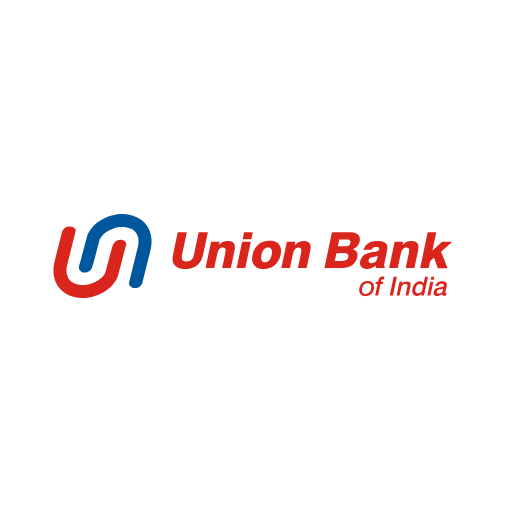NSDL vs CDSL: The valuation chasm of India’s depository duopoly
The NSDL IPO is priced at a valuation of ₹16,000 crore, half the market capitalisation of its listed peer, CDSL (₹32,232 crore), despite its leadership position in the depository space.

The much-awaited initial public offering (IPO) of National Securities Depository Ltd (NSDL), India’s oldest and largest depository, is set to open for subscription on July 30, aiming to raise ₹4,011.60 crore at a price band of ₹760-800 per share. The NSDL IPO is entirely an offer for sale (OFS) of 5.01 crore equity shares by existing shareholders, including IDBI Bank, NSE, SBI, HDFC Bank, Union Bank of India, and others. The market capitalisation of NSDL is pegged at around ₹16,000 crore at the upper end of the price band.
NSDL was established in 1996 with the backing of prominent institutions such as the National Stock Exchange (NSE), IDBI Bank, and Unit Trust of India (UTI), laying the foundation for India’s capital market infrastructure. In 1999, the Bombay Stock Exchange (BSE) launched Central Depository Services Ltd (CDSL), a rival to NSDL, transforming the depository landscape into a competitive duopoly.
As NSDL prepares for its market debut, here’s a detailed comparison with its NSE-listed peer, CDSL, providing key insights for investors considering participation in the upcoming IPO.
While NSDL is focused on large institutional clients, including foreign portfolio investors (FPIs), custodians, and mutual funds, CDSL dominates the retail investor segment, thanks to deep integrations with brokers and fintech platforms.
What the numbers say
As of March 2025, CDSL has a commanding lead with 15.3 crore demat accounts, nearly 4x NSDL’s 3.94 crore accounts. However, in terms of average value per demat account, there is a sharp contrast, as NSDL averages ₹1,177 crore per account, while CDSL averages just ₹46 crore, thanks to the former’s institutional focus.
NSDL handles a far larger chunk of high-value securities, managing ₹464 lakh crore in assets under custody (AUC) through a network of 65,391 depository participants’ service centres. In comparison, CDSL handles ₹70.52 lakh crore in assets under custody via 18,918 such centres.
Recommended Stories
In terms of market share, NSDL commanded a 73.04% share in unlisted equity companies, 66.03% in dematerialised share settlements, and 65.27% in active instruments in FY25. It facilitated demat services for 68,223 unlisted companies, compared to 25,187 with CDSL.
Despite NSDL’s larger AUC, CDSL is more profitable and capital-efficient, thanks to its leaner operational model and stronger retail-driven scalability. CDSL reported a consolidated net profit of ₹526 crore in FY25, registering a year-on-year (YoY) growth of 25%, while revenue rose 32% to ₹1,199 crore compared to the same period last year. On the other hand, NSDL’s net profit grew 24.5% YoY to ₹343.12 crore in FY25, while revenue increased 12.4% YoY to ₹1,535.19 crore.
The earnings per share (EPS) and return on net worth (RoNW) of CDSL were ₹25.2 and 29.9%, respectively, versus NSDL’s ₹17.16 and 17.11%, respectively. In terms of net asset value (NAV), NSDL stands at ₹100.27 per share, higher than CDSL’s ₹84.23.
A discounted opportunity?
(INR CR)
On the market valuation front, NSDL is coming to market at a 47x earnings multiple, while CDSL trades at a much higher price-to-earnings (P/E) ratio of 68.04x. Also, with a price-to-book (P/BV) ratio of 7.98x, NSDL looks relatively cheaper compared to its listed peer, which commands 20.4x.
Analysts believe the IPO pricing for NSDL is deliberately conservative, owing to the recent market meltdown. For a business with nearly ₹500 lakh crore in custody, the ₹16,000 crore market cap seems like a discount, especially when compared to its listed peer, CDSL (₹32,232 crore), which is priced at double that for a much smaller asset base.
“While CDSL benefits from broader retail participation, NSDL’s strength lies in institutional flows and its commanding position in the F&O segment. This valuation gap reflects market optimism around NSDL’s growth potential and operational robustness, signaling strong demand ahead of the IPO,” said Vaibhav Vidwani, Research Analyst at Bonanza.
Anil Sharma, Co-Founder, IPO Central, opined, “NSDL has strong demand, as evident from the grey market activity. However, market cap is largely a multiple of earnings, and CDSL trumps here despite being smaller, so this valuation gap may sustain for some time since CDSL has better profitability and return ratios.”
Over the long term, both companies operating in an oligopolistic market should benefit, he said.
According to Angel One, regulatory pressure on transaction pricing, intense competition from CDSL in the retail segment, dependence on market activity for revenue stability, and limited growth capital from the IPO (as it is a pure offer for sale) remain key risks for NSDL.



